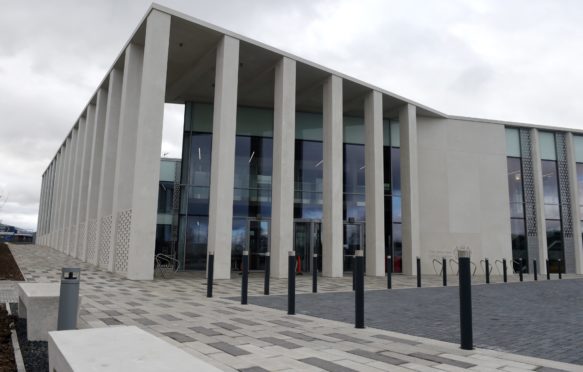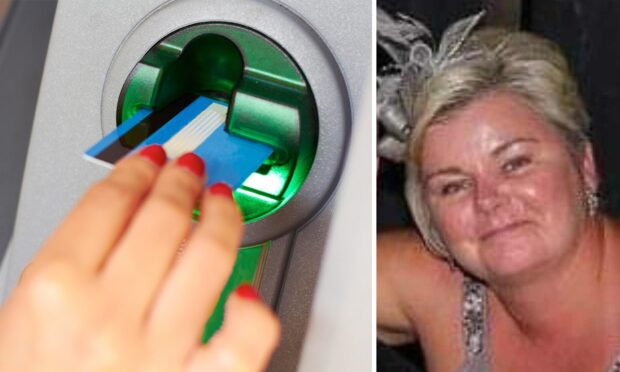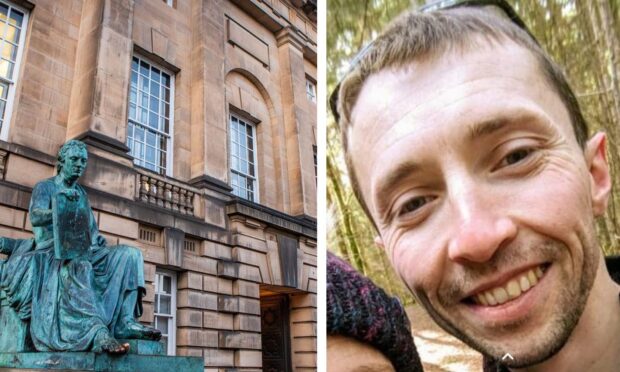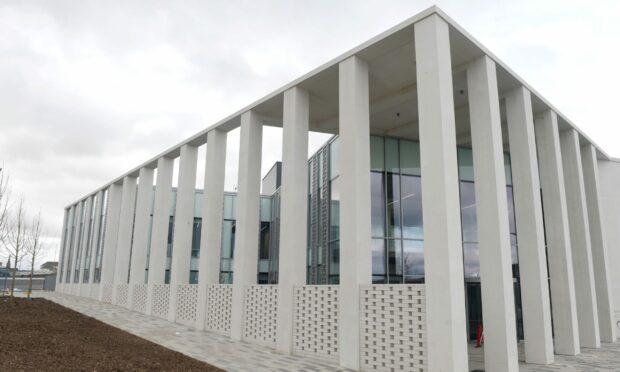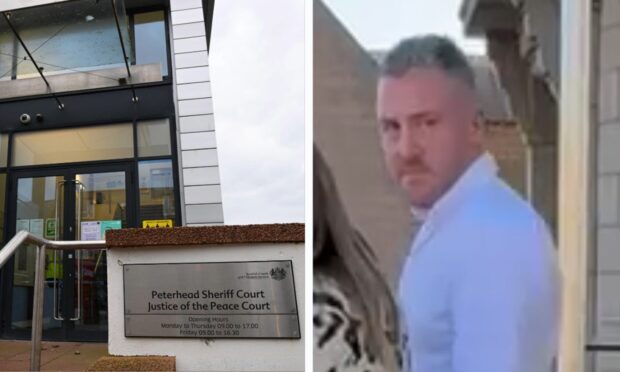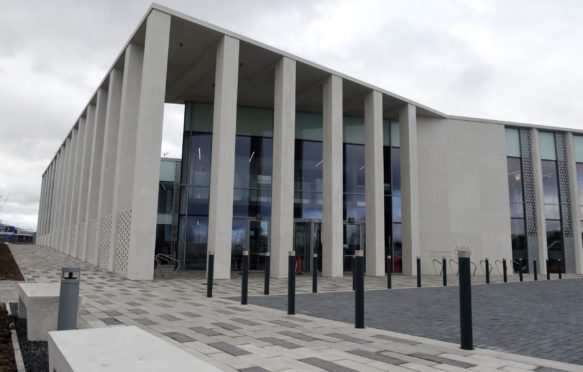A man accused of possessing bomb-making manuals today insisted he is not a terrorist – just a punk rocker.
Barry Simpson, 50, told a jury that the suspicious material found on his computer was there to inspire his music and wasn’t for any sinister purpose.
The self-confessed former activist and antifascist said he downloaded The Anarchist Cookbook for innocent reasons.
Simpson, from Llanbryde near Elgin, is on trial at Inverness Sheriff Court charged with possessing information of a kind likely to be useful to a person committing or preparing a terrorist act.
Police searched his home on June 4 2018 and recovered copies of the notorious manual, as well as one called CIA Improvised Sabotage Devices, from computer equipment.
Fiscal depute Fiona Nairn said officers seized various items, including a laptop and two computer hard drives, which were then submitted to the Cyber Crimes Unit for examination.
Files recovered from the computer equipment included copies of the two bomb-making manuals as well as photographs of Simpson wielding various weapons, including what appeared to be an automatic firearm and a large knife.
Other images found on the equipment bore slogans such as: “If you’re not part of the solution you’re part of the problem, all Nawbags are legitimate targets”, “Class War, Kill the Rich” and “Petrol Bombs not Ballots, Scotland 2016.”
‘The Anarchist Cookbook … is embedded in the punk rock culture’
Giving evidence on day two of his trial, Simpson told the court the materials were collected simply for their “cultural and historical” significance, as well as to inspire his songwriting.
He said: “My interest in The Anarchist Cookbook was cultural and historical. It is embedded in the punk rock culture – it is just part of that culture.
“It is so culturally and historically important that Hollywood made a film about it.
“It could have been written in untranslated Chinese at that time and I still would have wanted it because I am an avid collector.”
Simpson, who used to be a member of a band called Bin Laden’s Daughter, explained how he had been introduced to punk music as a young man and it had quickly become a big part of his life.
He said: “As a teenager I developed an interest in music – it started off heavy metal and quickly progressed to punk rock music.
“To say I was an aficionado is an understatement, I was embedded in the culture.”
Explaining why the book of CIA Improvised Sabotage Devices had been downloaded to his computer, he said: “I wanted to write a song about CIA tradecraft and the shockingness of it. Just research it, making sure that everything in my song was factually correct.”
Simpson, whose musical influences included bands such as Napalm Death, Extreme Noise Terror and Malignant Tumour, told the jury that the photographs that were found were part of his “picture salad” creative process for band imagery, but conceded that looking at one made him feel “absolutely mortified”.
When asked about the YouTube searches “make a napalm lightbulb” and “make a fertiliser bomb”, he said they were done to prove a point during a discussion with friends on the ready availability of such material.
Closing remarks to the jury
In her closing remarks to the jury, fiscal depute Fiona Nairn said: “Barry Smith knew exactly what the documents were when he downloaded them.”
She added: “Curiosity, collecting, punk rock culture, research for song lyrics are not reasonable excuses.”
Simpson’s Advocate, Edith Forrest, told the jury that his art might be considered comparable to the work of a journalist – whose possession of the same articles for research purposes could be considered a reasonable excuse.
She said: “His lyrics sought to make people think, they sought to raise questions.”
She added: “If you accept that Barry Simpson had a reasonable excuse for having these documents then you acquit him.”
The trial, before Sheriff Sara Matheson, continues.
